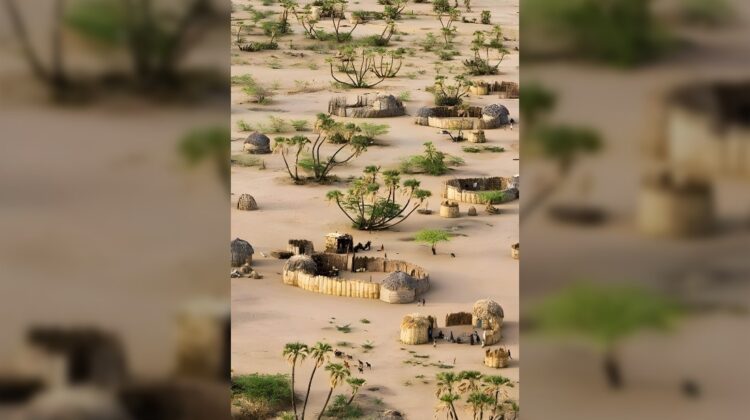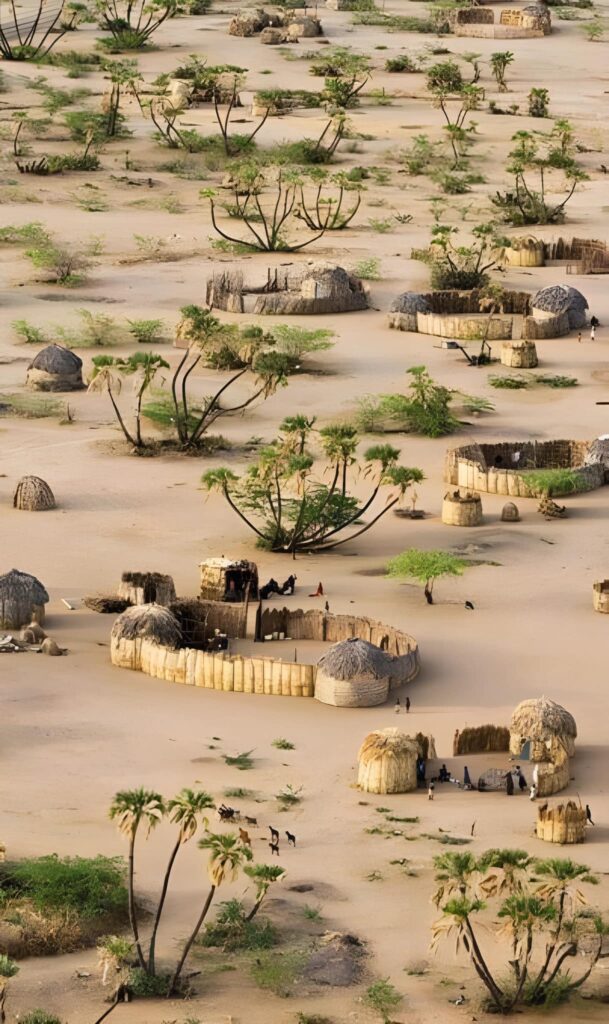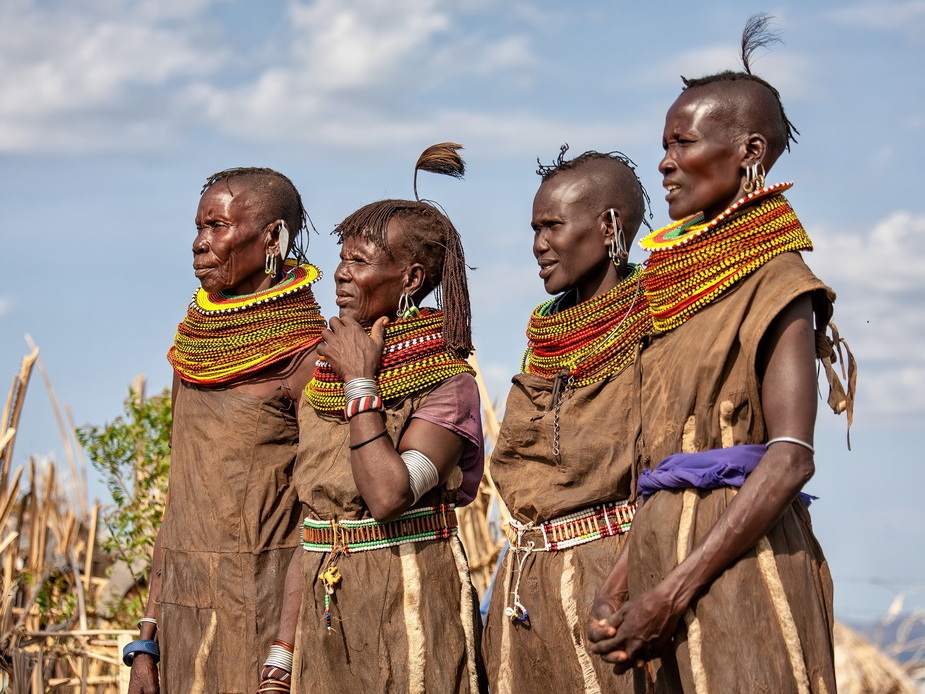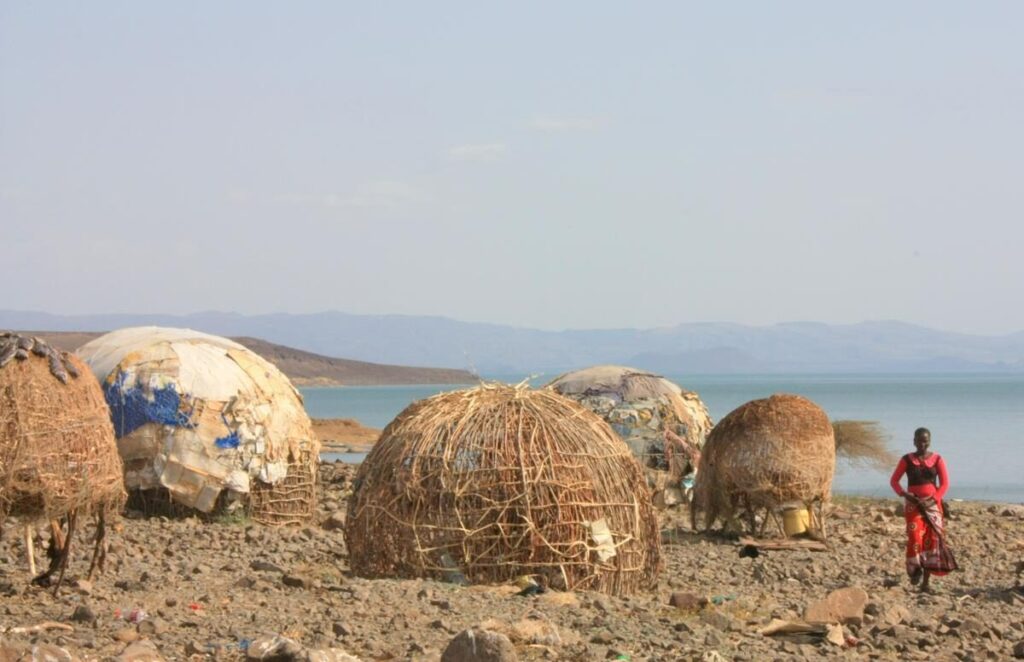
The Turkana are a Nilotic people native to the Turkana County in northwest Kenya. This region boasts a semi-arid climate, bordering the vast Lake Turkana to the east. Neighboring communities include the Pokot, Rendille, and Samburu to the south, with Uganda to the west and South Sudan and Ethiopia bordering their land to the north. Interestingly, the Turkana refer to their homeland as “Turkan.”
Traditionally nomadic pastoralists, the Turkana have thrived in this challenging environment for centuries. Their way of life revolves around raising livestock, such as cattle, goats, camels, and donkeys. These animals provide sustenance through milk and meat, and are also considered a form of currency used in dowries and negotiations over bride prices.

A Culture Steeped in Tradition
Beyond their reliance on livestock, the Turkana culture is rich with traditions. Social structures tend to focus on extended families living together in self-sufficient units. Although some collective animal grazing is practiced, a strong sense of independence defines the Turkana way of life.

Colorful Expression
Despite the harsh environment, Turkana attire is surprisingly vibrant. Men adorn themselves with brightly colored clothes and sometimes dye their hair with special clays. Women, meanwhile, wear intricate beaded necklaces and aprons, with the amount of adornment reflecting a woman’s social status.

Facing the Challenges of Today
While the Turkana people have adapted and thrived for generations, modern challenges threaten their traditional way of life. Drought, climate change, and resource scarcity all pose significant threats to their herd-based livelihood.

A Look into the Future
Despite these challenges, the Turkana people continue to preserve their unique culture and heritage. The annual Turkana Festival, a vibrant celebration of song, dance, and cultural exchange, is a testament to their resilience and enduring spirit.

Leave a Reply